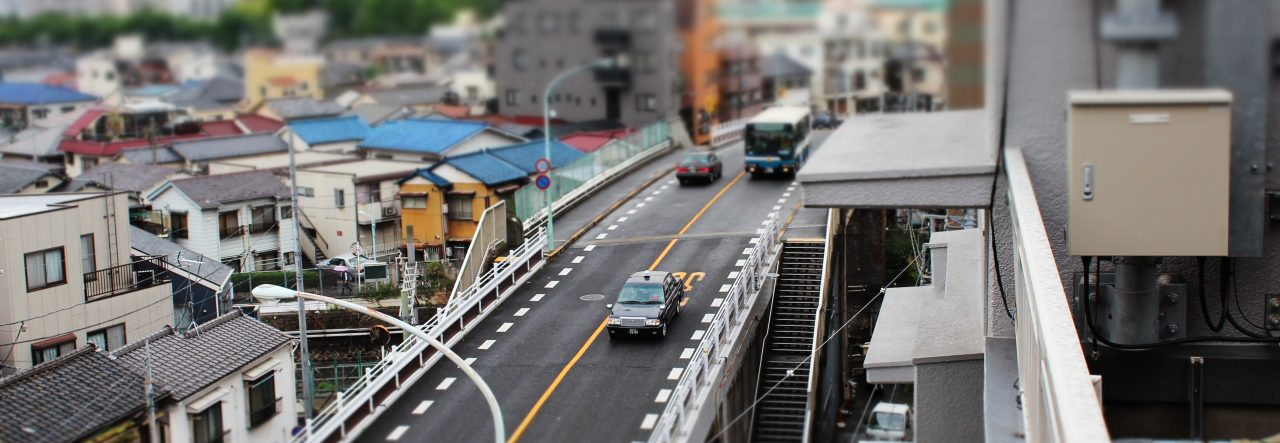I felt like it would be remiss to build up my interest in the summer sumo tournament and then neglect to mention how it all turned out, so here’s my take on the results. On the final day, it came down to two wrestlers: Georgian Tochinoshin and Mongolian yokozuna Kakuryu. Going into their final bouts, Tochinoshin – who had most likely performed well enough to secure his promotion to the second-highest rank of ozeki – had lost twice in a row. It felt like he needed at least one more win, symbolically, to come out of the tournament feeling good. It was especially galling considering one of his losses felt like an accident, with Tochinoshin losing his footing and slipping to the clay rather than facing an opponent who actually overpowered him. Kakuryu, on the other hand, was looking to achieve a tournament victory, that would have been his first back-to-back tournament win in his career following an earlier championship in March this year.
In his final match with Ikioi, a wrestler who had pushed hard against both yokozuna in earlier bouts, Tochinoshin was finally back on form. It was a win that put him on 13-2 out of the 15 day tournament. After two days with a face like thunder he actually looked pleased with his performance again, even relaxed, even though he was not technically out of the running for the championship. That hinged on how Kakuryu did against fellow yokozuna Hakuho, an extremely talented wrestler. Hakuho was mathematically out of the running, but if he beat Kakuryu, he could force a playoff between Tochinoshin and Kakuryu. Even though Kakuryu had beat the Georgian hopeful the day before, it would be anyone’s guess whether he would repeat that, especially coming straight off the back of a match and therefore having to fight two bouts in a row.
The speculation was all for nothing though – Kakuryu won, and the tournament was his. As much of a cheerleader as I am for Tochinoshin, it was good seeing someone other than the frequently unsportsmanlike Hakuho clinch it. Besides, Tochinoshin’s promotion to ozeki now looks all but guaranteed, and he even picked up a some of the special prizes for technique and fighting spirit, adding to the impressive collection he has already racked up over his career. Now, however, all we can do is wait for the announcements from the Sumo Association ahead of the next tournament to see how everyone shapes up going into the Nagoya Tournament in July.
In the meantime, my last review was Hayao Miyazaki’s debut feature length anime, the classic Lupin III: The Castle of Cagliostro. This week, I’ve got a new review lined up of The Rambling Guitarist, one of the many old Nikkatsu movies Arrow Films has put out in its Nikkatsu Diamond Guys series.
 pretty sure I’ve lost all moral high ground. In Godzilla: The Planet Eater, Netflix and Toho team back up to bore the ever-loving god out of me for a third and, hopefully, final time. Any wishful thinking that the third instalment might magically turn around the series after two utterly lethargic entries was misguided, and my hopes were very quickly dashed as The Planet Eater settled into a familiar rhythm of characters no one could possibly care about reciting pseudo-philosophy no one could possibly understand. Every criticism I’ve ever levelled against the series, from the stilted animation to the lack of action to the awful dialogue still applies. Nevertheless, I powered through and watched it, so here’s my review.
pretty sure I’ve lost all moral high ground. In Godzilla: The Planet Eater, Netflix and Toho team back up to bore the ever-loving god out of me for a third and, hopefully, final time. Any wishful thinking that the third instalment might magically turn around the series after two utterly lethargic entries was misguided, and my hopes were very quickly dashed as The Planet Eater settled into a familiar rhythm of characters no one could possibly care about reciting pseudo-philosophy no one could possibly understand. Every criticism I’ve ever levelled against the series, from the stilted animation to the lack of action to the awful dialogue still applies. Nevertheless, I powered through and watched it, so here’s my review.
 humanity had ceded the earth to
humanity had ceded the earth to 
 show’s plot so read on without fear of spoilers – it has picked up a number of highly recognisable Japanese actors in guest or recurring roles. Two of my favourites are among the most well-known Japanese actors currently working in Hollywood, with Hiroyuki Sanada and Rinko Kikuchi both making their
show’s plot so read on without fear of spoilers – it has picked up a number of highly recognisable Japanese actors in guest or recurring roles. Two of my favourites are among the most well-known Japanese actors currently working in Hollywood, with Hiroyuki Sanada and Rinko Kikuchi both making their 

